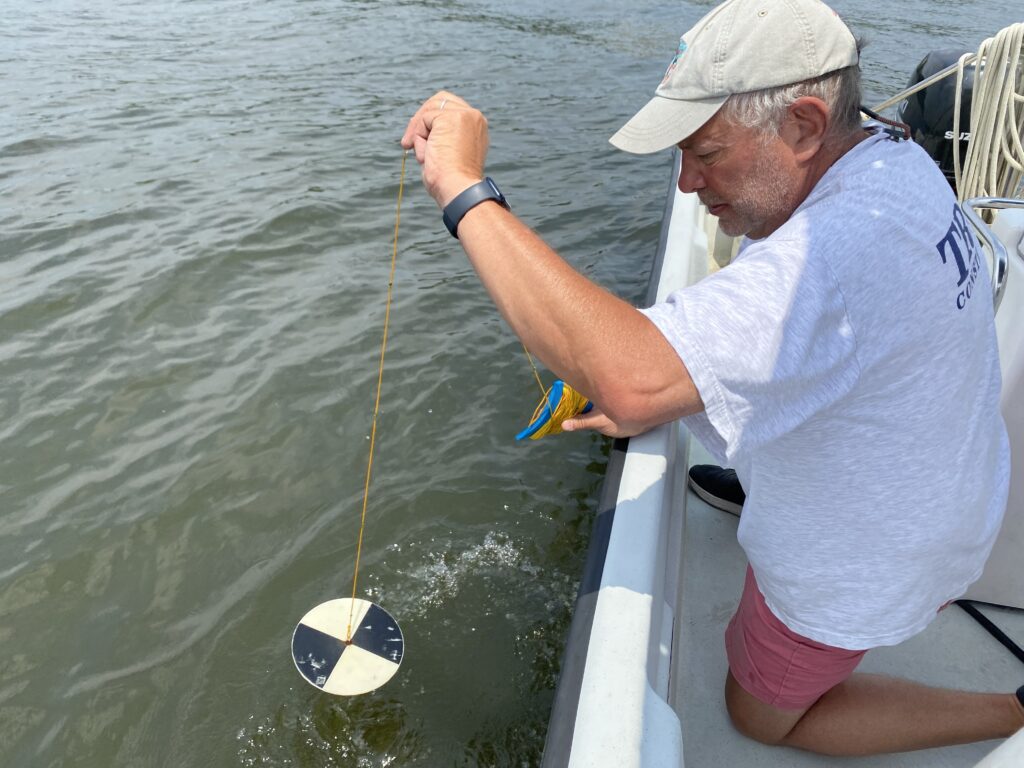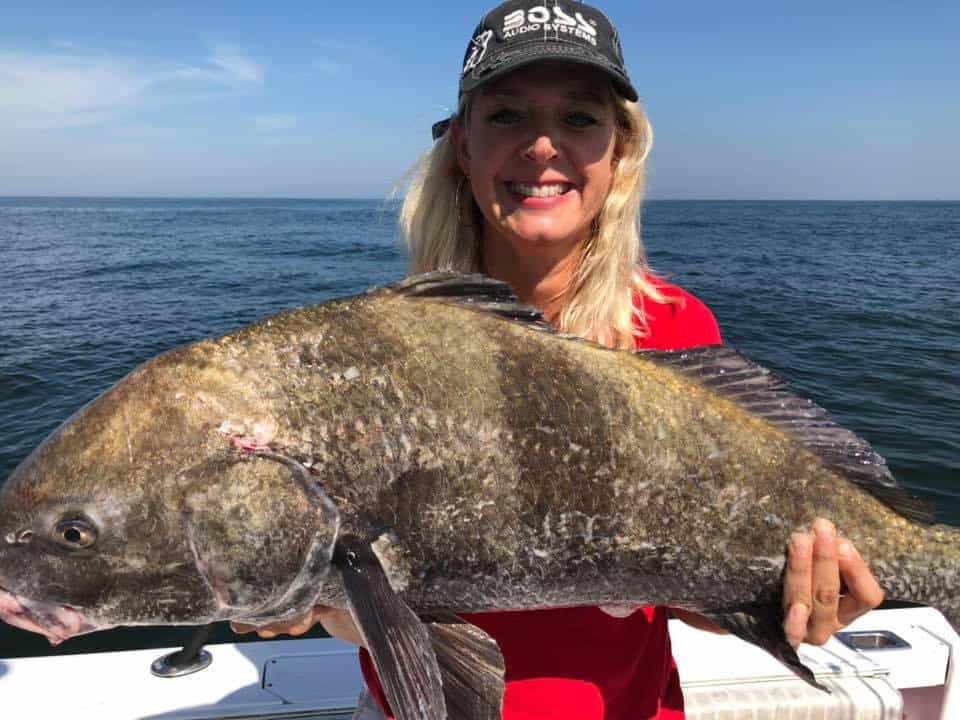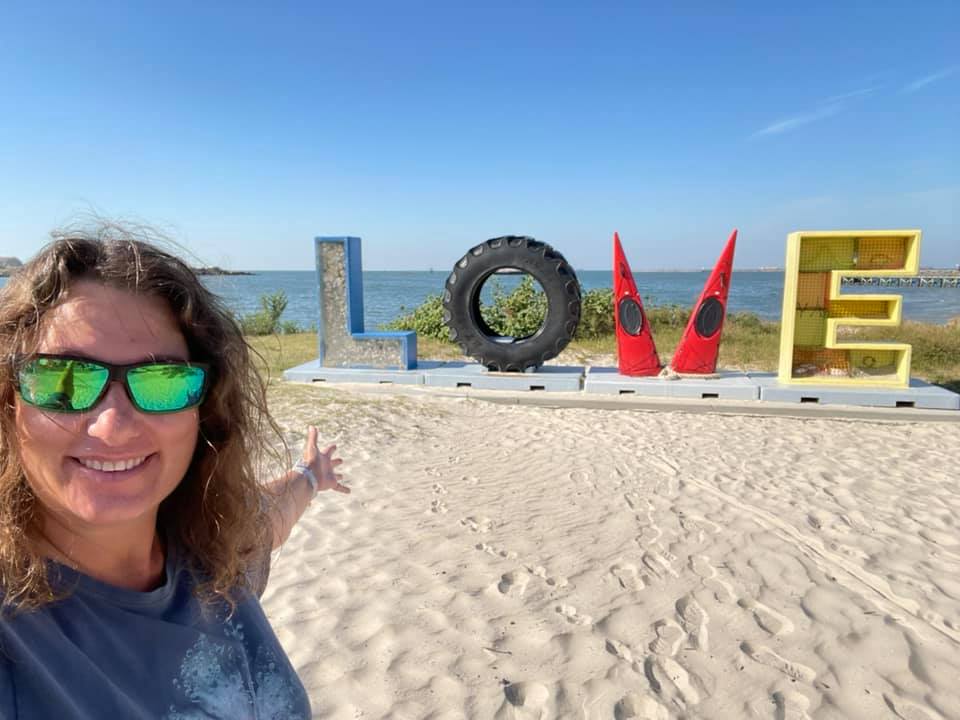The Severn River Association’s (SRA) water quality monitoring program collects data that has never been recorded before, and members of the community can volunteer to be a part of it.
Since 2018, the organization has been monitoring 52 stations from the source of the river at Severn Run to the mouth of the river in Annapolis with its research boat Sea Girl. Volunteers are at the heart of the program, venturing out in the mornings three days a week from April to October to assist with the recording of dissolved oxygen, pH, salinity, temperature, clarity and other data.
Science degrees are not required to take part in water quality testing. In fact, Program Officer Tom Guay said most individuals who participate in the program learned everything they know about the river just from being out on the research vessel.
“I think it’s important the community, the people who live here and play here get involved and know what’s going on,” Guay said.
Not only does SRA collect the data for practical uses and research to protect the river, but the organization also uses the program for community outreach and education. By informing people about environmental issues on the river, the organization hopes it will encourage the public to take small actions, whether that is installing rain barrels in their yards, voicing their thoughts to local politicians, or other steps.
“The more people appreciate the river, the more they fall in love with it and want to take part in protecting it,” Guay said.
One volunteer shared that she had always been interested in the environment. She wanted to get involved with SRA’s water quality testing program to feel like she is in a science lab while getting to know the river. As a new resident of the area, she said the program also helped her meet new people.
For each day of monitoring the volunteer crew will take a team approach to record data from 11-12 stations out of the total 52. Designated roles include the team leader who writes down all the data, the reader who communicates the numbers from the YSI testing device and the dipper who lowers and raises the testing probe to different depths of the water. The captain of the boat will use a Secchi disk (in a black and white pinwheel pattern) to take a clarity reading at each monitoring station. Local boat owners can volunteer to captain their personal vessels for water quality monitoring trips as well.
SRA follows procedural protocol from the Chesapeake Monitoring Cooperative (CMC) when collecting data that is then shared to the Chesapeake Data Explorer, a CMC database. Additionally, SRA works with a team of science advisors to continue improving the program.
The goal is to track the health of the Severn from year to year, though with only about 4-5 years of data, new patterns are just being noticed. Observing the patterns allows SRA to analyze the river’s response to pollution from stormwater runoff and assess the success of the five oyster reefs the organization is restoring.
Pollution from stormwater runoff, especially nitrogen pollution, is one of the most considerable threats to the Severn. Too much nitrogen in the water can cause algae blooms which lead to dead zones, or a lack of oxygen in the water, that are harmful to marine life. SRA is seeking new methods to track algae activity and hopes to raise awareness about algae blooms, according to Guay.
So far, SRA has been able to map dead zone activity in the Severn which has never been done before. Still, the organization will continue collecting data that represents the whole river, looking for other abnormalities that don’t have an explanation.
“We’re the local river group so we’re focused on our local river,” Guay said.
More information to sign up as volunteer can be found on SRA’s website.
-Kiersten Hacker




